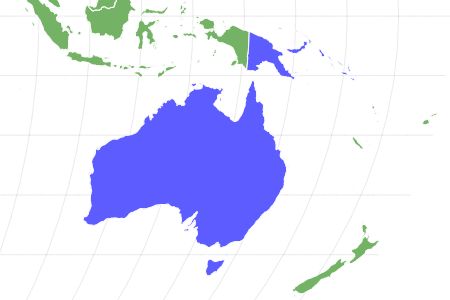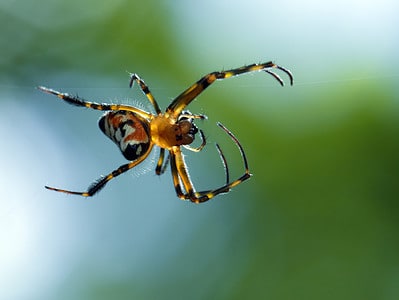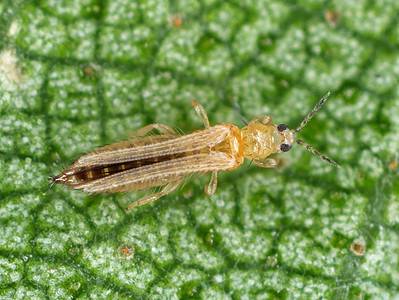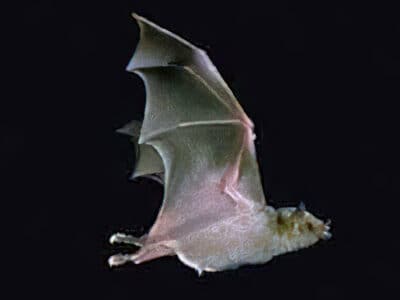Bird Of Paradise
Male Birds of Paradise perform elaborate dances to attract a mate.
Advertisement
Bird Of Paradise Scientific Classification
Read our Complete Guide to Classification of Animals.
Bird Of Paradise Conservation Status
Bird Of Paradise Facts
- Main Prey
- Insects, Fruit, Seeds, Berries
- Fun Fact
- Male Birds of Paradise perform elaborate dances to attract a mate.
- Distinctive Feature
- Brightly coloured feathers and elaborate dance of males
- Wingspan
- 7.8 to 47.2 inches (20 to 120 cm)
- Incubation Period
- 16 to 22 days
- Habitat
- Tropical forest tree tops
- Diet
- Omnivore
- Lifestyle
- Solitary
- Favorite Food
- Insects
- Type
- Bird
- Slogan
- There are around 50 different species!
- Nesting Location
- Forks of trees
- Age of Molting
- A few months to 7 years
View all of the Bird Of Paradise images!
“Only a few species of hummingbird or pheasant rival the birds of paradise in bright colors and bizarre plumage.”
The bird of paradise bird (also spelled bird-of-paradise) lives in tropical forests in Australia and the surrounding islands. Most types are sexually dimorphic, meaning the males and females differ in appearance. While the females have muted colors and short feathers, the males sport long, brightly colored feathers streaming from their heads, beaks, wings, or tails. They use their elaborate feathers in spectacular mating dances designed to attract the attention of a female.
These birds are not just one species. In fact, around 45 distinct types have been identified.
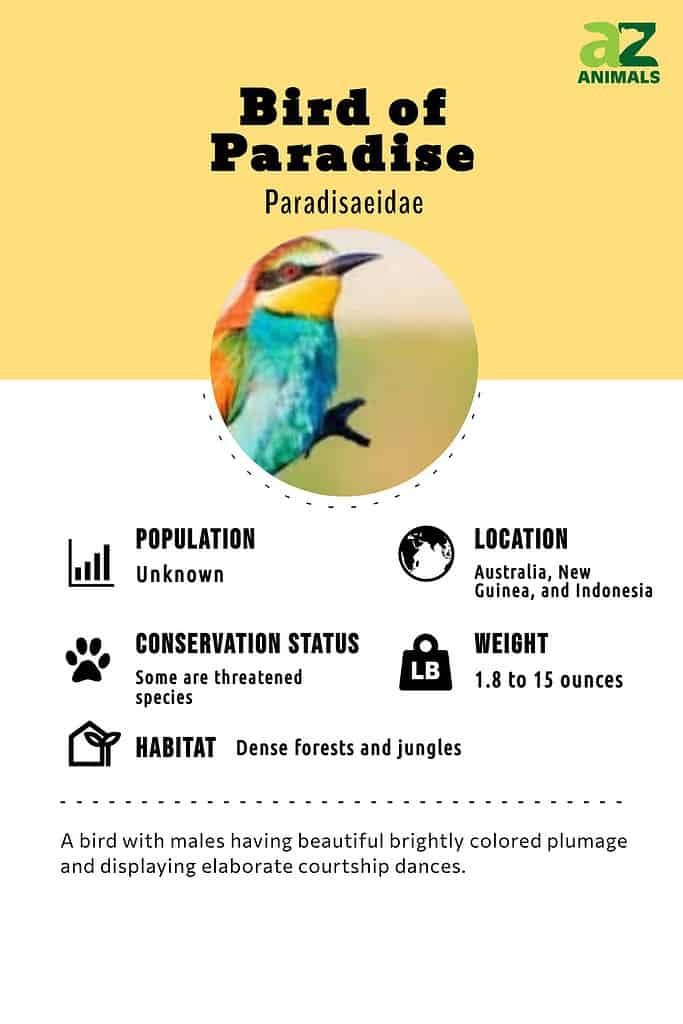
3 Amazing Facts
- Males take a long time to mature. It may take up to seven years for them to gain their adult plumage.
- These birds are important to their habitat as seed distributors. They do not digest the seeds in the fruit they eat.
- When specimens were first brought to Europe during the 1500s, some people thought the Bird of Paradise was the phoenix of myth. In a native language, they were called “birds of God,” and that is from where the name “bird of paradise” was derived.
Habitat
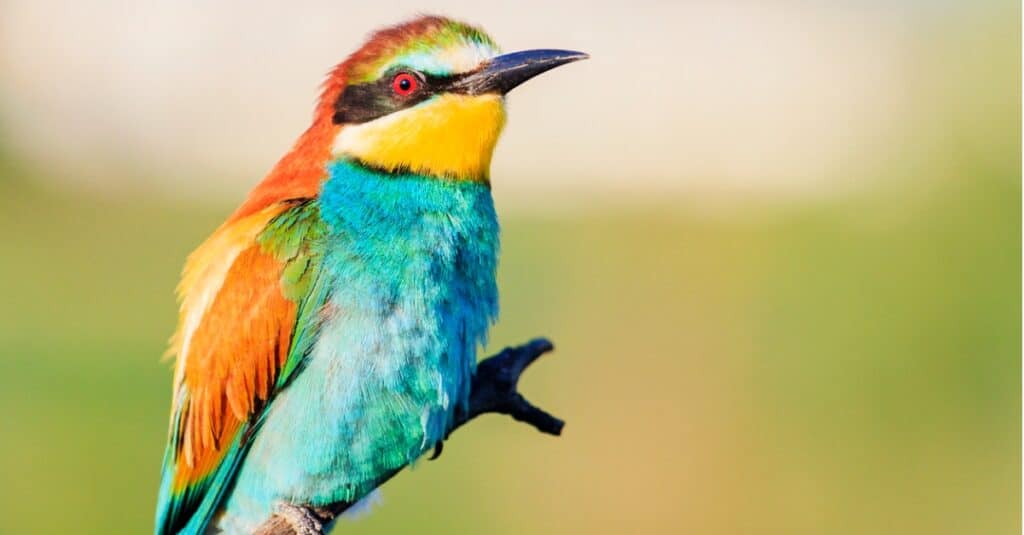
The colorful plumage of these birds is largely restricted to males.
©iStock.com/drakuliren
Birds of paradise are found in the tropical forests of New Guinea, eastern Indonesia, and northern Australia. Their habitats include lowland rainforests and mountain cloud forests ranging from sea level to an elevation of 13,500 feet. These birds prefer dense vegetation where they can find food sources such as fruit and insects. The nests of birds of paradise are usually cup-shaped or pendant structures made out of twigs, leaves, mosses, roots, vines, grasses, and lichens which are woven together by the bird’s beak. They typically build their nests high up in trees near freshwater sources for easy access to both shelter and food resources.
These birds are elusive and can be hard to spot in the wild. Travelers are also discouraged from visiting parts of their range. However, the Port Moresby Nature Park and Adventure Park PNG in Port Moresby, Papua New Guinea, are easily accessible zoos that have fine collections of various species. Each park has a walk-through aviary where you can view the animals up close as they feed on fruits and fly around their rainforest habitat.
Scientific Names
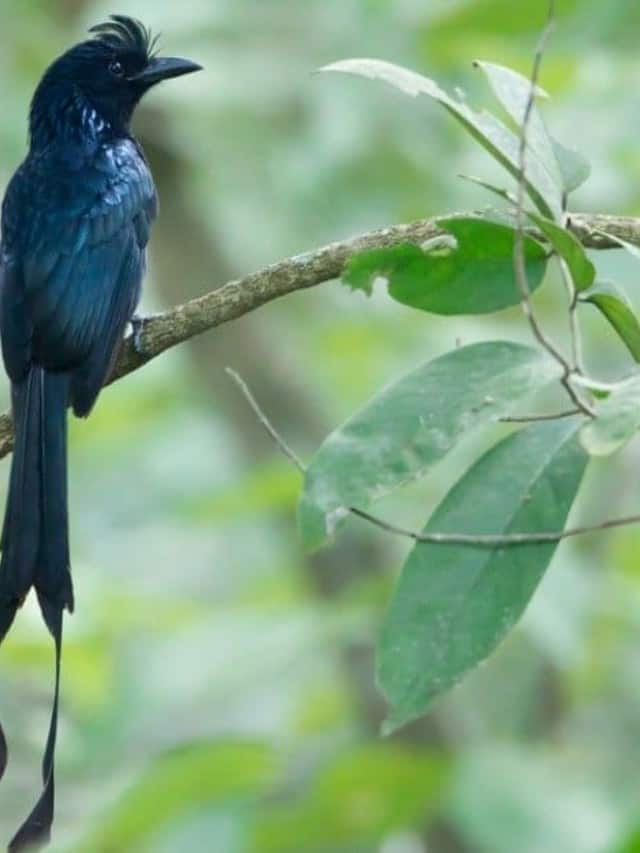
Birds of paradise belong to the Paradisaeidae family.
©iStock.com/Utopia_88
These birds are in the family Paradisaeidae, Superfamily Corvoidea, and the order Passeriformes. Their class is Aves (birds), their phylum Chordata, and their kingdom Animalia. There are around 45 species divided between 15 genera – Lycocorax, Ptiloris, Manucodia, Epimachus, Phonygamus, Paradigalla, Astrapia, Parotia, Pteriophora, Lophorina, Paradisornis, Paradisaea, Seleuchidis, Semioptera, and Drepanornis.
41 Types of Birds of Paradise
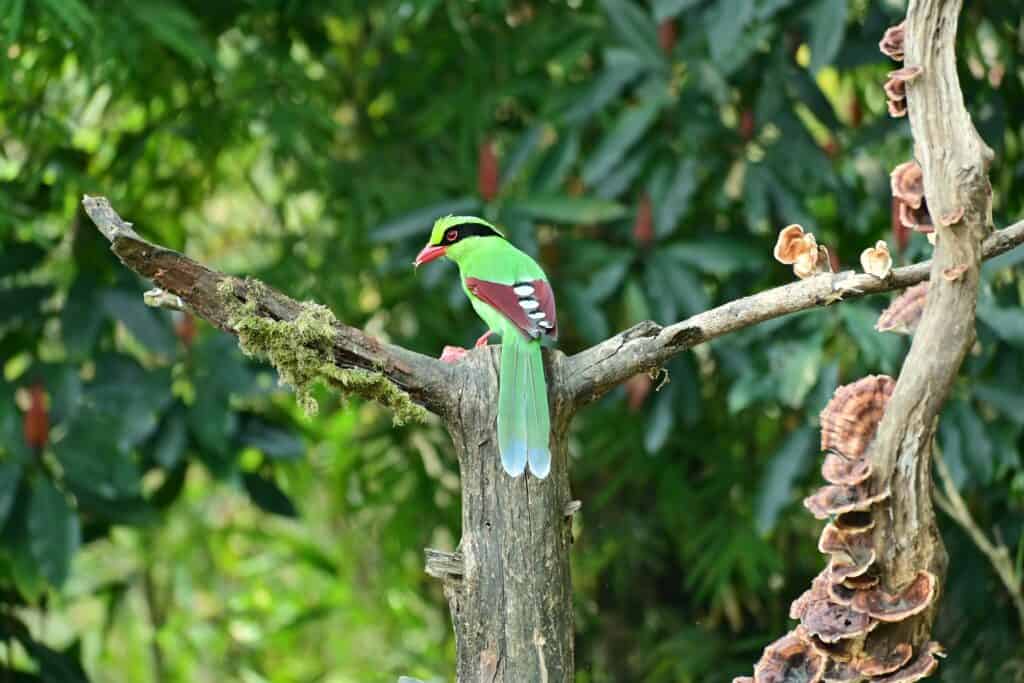
Some species of birds of paradise are in threat of extinction.
©Riku sen/Shutterstock.com
Some birds of paradise common and scientific names include:
- Arfak astrapia, Astrapia nigra
- Black-billed sicklebill, Drepanornis albertisi
- Black sicklebill, Epimachus fastosus
- Blue bird-of-paradise, Paradisornis rudolphi
- Brown sicklebill, Epimachus meyeri
- Bronze parotia, Parotia berlepschi
- Carola’s parotia, Parotia carolae
- Crinkle-collared manucode, Manucodia chalybatus
- Curl-crested manucode, Manucodia comrii
- Eastern parotia, Parotia helenae
- Emperor bird-of-paradise, Paradisaea guilielmi
- Glossy-mantled manucode, Manucodia ater
- Greater bird-of-paradise, Paradisaea apoda
- Growling riflebird, Ptiloris intercedens
- Halmahera paradise-crow, Lycocorax pyrrhopterus
- Huon astrapia, Astrapia rothschildi
- Jobi manucode, Manucodia jobiensis
- King bird-of-paradise, Cicinnurus regius
- King of Saxony bird-of-paradise, Pteridophora alberti
- Lawes’s parotia, Parotia lawesii
- Lesser bird-of-paradise, Paradisaea minor
- Long-tailed paradigalla, Paradigalla carunculata
- Magnificent bird-of-paradise, Cicinurrus magnificus
- Magnificent riflebird, Ptiloris magnificus
- Obi paradise-crow, Lycocorax obiensis
- Pale-billed sicklebill, Drepanornis bruijnii
- Paradise riflebird, Ptiloris paradiseus
- Raggiana bird-of-paradise, Paradisaea raggiana
- Red bird-of-paradise, Paradisaea rubra
- Ribbon-tailed astrapia, Astrapia mayeri
- Short-tailed paradigalla, Paradigalla brevicauda
- Splendid astrapia, Astrapia splendidissima
- Standardwing bird-of-paradise, Semioptera wallacii
- Stephanie’s astrapia, Astrapia stephaniae
- Trumpet manucode, Phonygammus keraudrenii
- Twelve-wired bird-of-paradise, Seleucidis melanoleucus
- Victoria’s riflebird, Ptiloris victoriae
- Vogelkop superb bird-of-paradise, Lophorina niedda
- Wahnes’s parotia, Parotia wahnesi
- Western parotia, Parotia sefilata
- Wilson’s bird-of-paradise, Cicinnurus respublica
Evolution
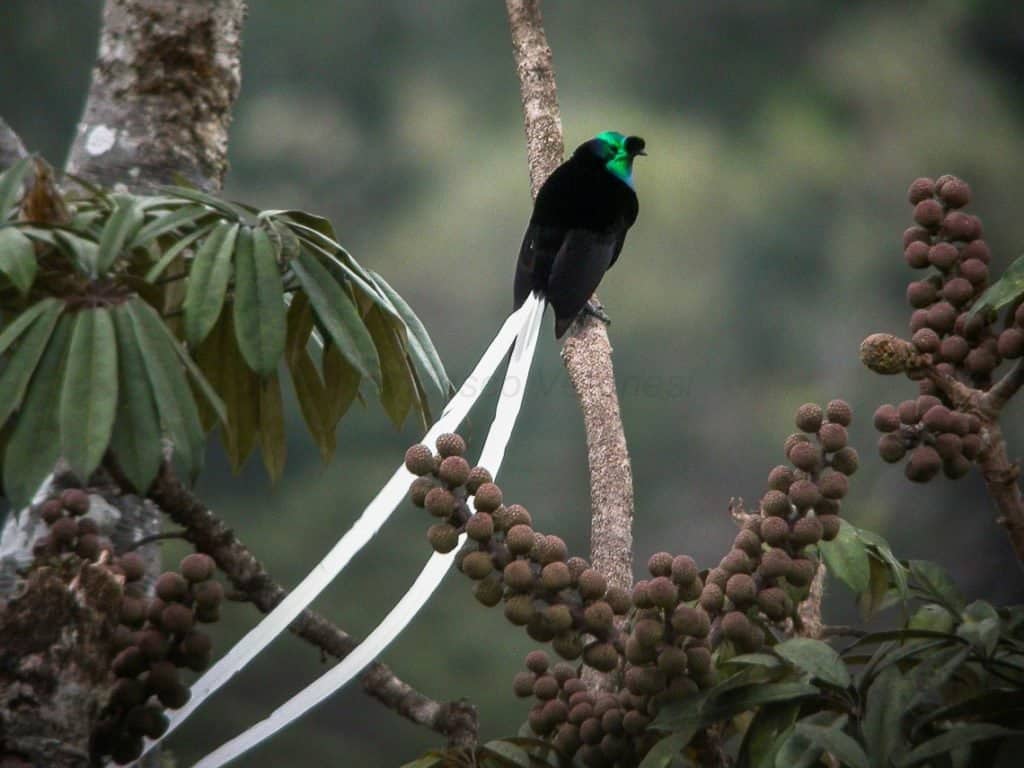
One of the most beautiful birds of paradise is the Ribbon-tailed Astrapia. It is believed they evolved over 25 million years ago.
©Francesco Veronesi from Italy / CC BY-SA 2.0 – License
The evolutionary history of birds of paradise is an intriguing one. It is believed that they evolved in the Australasian region some 20 to 25 million years ago and are closely related to bowerbirds and mannikins. Scientists believe that these birds first developed their extravagant plumage as a result of sexual selection; having more elaborate feathers became linked with better mating success for both males and females. As time went on, this process led to increased diversity in feather coloration and patterning among different species.
Another interesting aspect of their evolution is the fact that some members have become flightless over time due to living in areas without large predators or other sources of competition; this has been especially true for many species living on islands such as New Guinea or Fiji. The remarkable coloring and courtship displays found among birds of paradise remain one of nature’s most impressive spectacles, making them a favorite subject for study by ornithologists everywhere!
Size, Appearance, & Behavior
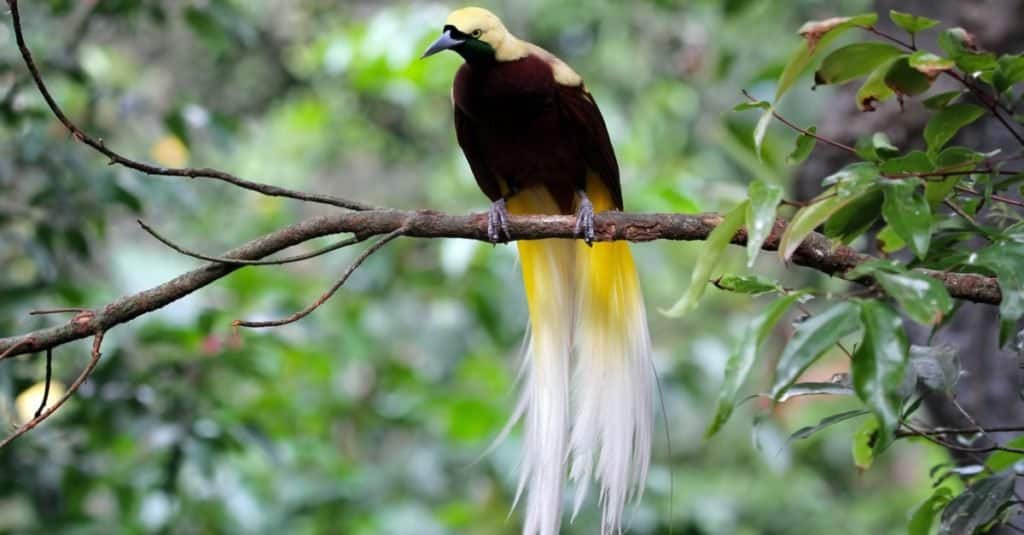
The largest bird of paradise is the black sicklebill with a 43 inch long tail!
©Kurit afshen/Shutterstock.com
The smallest is the king bird-or-paradise, which weighs 1.8 oz (50g) and is less than 6 inches (15 cm) in length. The largest is the curl-crested manucode, which weighs 15 oz (430g) and is 17 inches (44 cm) in length – more than three times the size of its smaller cousin! The black sicklebill has the longest tail – from beak to tip-of-tail, it is 43 inches (110 cm).
Males have brighter and longer feathers than females. Females bear drab colors, usually green, black, or brown. Some have long, thin, curved beaks. Generally, females of the species have bigger beaks.
These birds exhibit some of the most interesting and entertaining behaviors of any bird. Males go to great lengths to attract the attention of females. They will often clear a “dance floor” – a branch or a patch of ground – by removing all leaves, twigs, and debris. Then, the real show begins. Depending on the species, males may hold their wings and tails at odd angles, puff out their chests, and dance rhythmically.
Diet
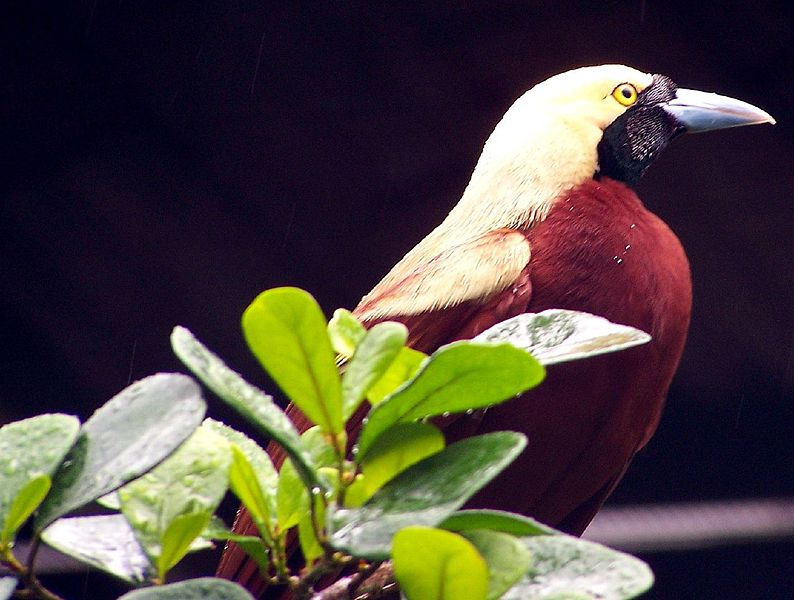
Birds of paradise eat mainly fruit and occasional insects.
©Soham Banerjee, CC BY 2.0, via Wikimedia Commons – License
Birds of paradise, found in the tropical forests of New Guinea and Australia, have a varied diet depending on the species. Generally speaking, they feed mainly on fruit, small insects such as beetles or flies, spiders, and other arthropods. Some species also consume nectar from flowers and are important pollinators for certain plants. During their breeding season, they may switch to proteins like grubs or caterpillars that provide much-needed energy for egg production. They usually search for food in trees or low bushes. Some even hunt at night when nocturnal insects are most active. Although birds of paradise eat both plant and animal matter, their diets tend to be mainly frugivorous, except when there is a lack of available fruits during certain times of the year.
Predators and Threats
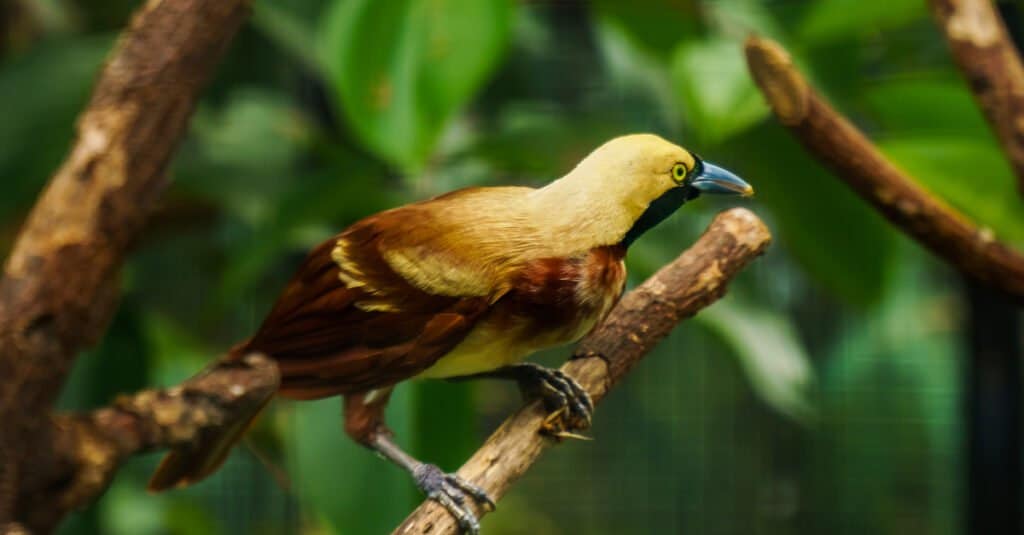
Birds of paradise have to watch out for snakes and owls.
©Ismail Rajo/Shutterstock.com
The birds of paradise have many predators, including cats, owls, hawks, snakes, rats, and dogs. In addition to these natural predators, the birds of paradise face threats from human activity. One of the main threats is habitat destruction due to deforestation for logging or agricultural purposes. Other threats include pollution and hunting for their feathers and skins. Birds of paradise are also sometimes killed by collisions with buildings or power lines when they migrate to over-developed areas. Climate change has been linked to changes in their habitats which can further threaten their survival as well as decrease food availability.
Reproduction, Babies, and Lifespan
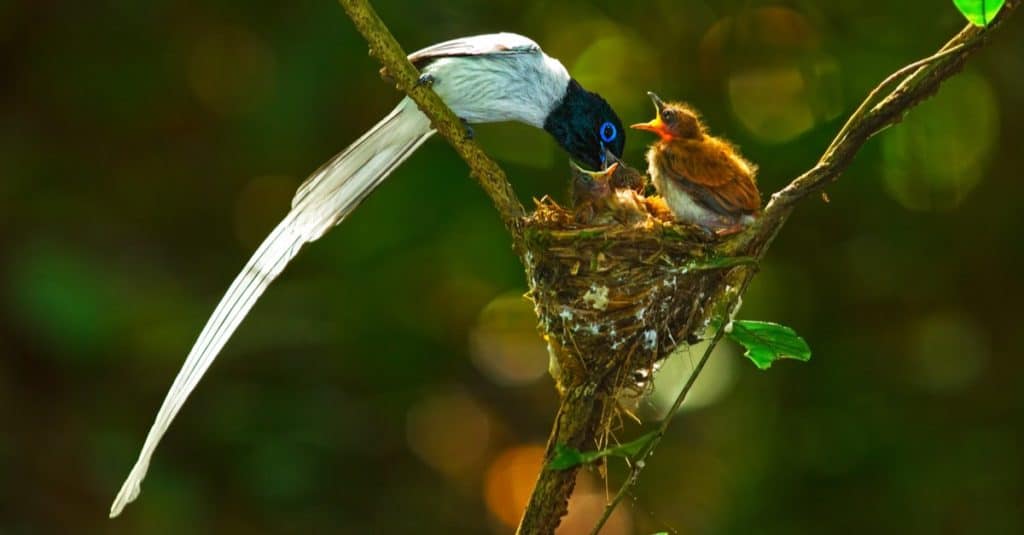
Asian bird of paradise males helps to feed the baby birds.
©Sainam51/Shutterstock.com
As already noted, these birds are noted for their elaborate mating dances. Once a female chooses the male with the best dance moves as her mate, she builds a nest and lays one to two eggs. She raises the chicks without assistance from the male.
Some species are monogamous, meaning they mate for life. Others engage in lekking. This means that groups of males display and dance together. The watching female then chooses her favorite from the group. She may mate with a different male each nesting season.
Sometimes, when territories overlap, hybridization occurs as species interbreed. This introduces even more variations in appearance.
The lifespan is five to eight years.
Population and Conservation
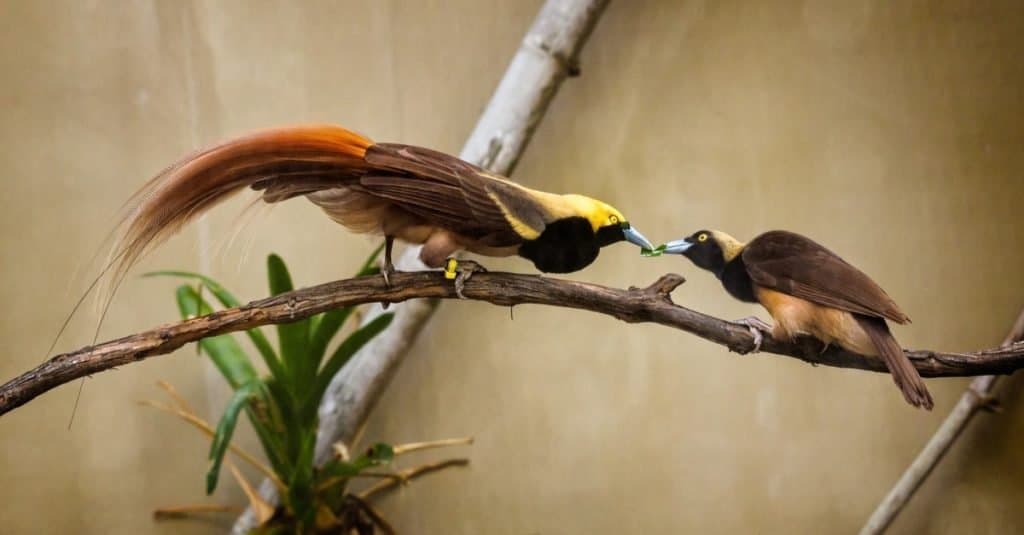
Some species of birds of paradise are in danger of extinction due to habitat loss.
©Francisco Herrera/Shutterstock.com
The number of these elusive birds is unknown. Some scientists claim there are less than 10,000 greater birds of paradise remaining on earth.
The conservation status of birds of paradise varies greatly depending on the species. Some species, such as the Wilson’s Bird-of-Paradise, are listed as vulnerable and have decreasing population numbers due to deforestation in their habitats. Others, such as the King of Saxony bird-of-paradise, are currently classified as Near Threatened because their populations have been reduced by habitat loss and hunting for feathers. The greater bird-of-paradise is also considered Near Threatened due to illegal trapping for its beautiful plumage and the destruction of its lowland forest habitat. Other species, like the red bird of paradise, are listed as the least concern since they still exist in large numbers despite being hunted for food or kept in captivity. Conservation efforts must continue to protect these birds so that future generations can enjoy these magnificent creatures!
View all 285 animals that start with BBird Of Paradise FAQs (Frequently Asked Questions)
Are Birds Of Paradises herbivores, carnivores, or omnivores?
Birds Of Paradises are Omnivores, meaning they eat both plants and other animals.
What Kingdom do Birds Of Paradise belong to?
Birds Of Paradise belong to the Kingdom Animalia.
What phylum do Birds Of Paradise belong to?
Birds Of Paradise belong to the phylum Chordata.
What class do Birds Of Paradise belong to?
Birds Of Paradise belong to the class Aves.
What family do Birds Of Paradise belong to?
Birds Of Paradise belong to the family Paradisaeidae.
What order do Birds Of Paradise belong to?
Birds Of Paradise belong to the order Passeriformes.
What type of covering do Birds Of Paradise have?
Birds Of Paradise are covered in feathers.
In what type of habitat do Birds Of Paradise live?
Birds Of Paradise live in tropical forest tree tops.
What is the main prey for Birds Of Paradise?
Birds Of Paradise eat insects, fruit, seeds, and berries.
What are some distinguishing features of Birds Of Paradise?
Birds Of Paradise have brightly colored feathers, and males do elaborate dances.
How many eggs do Birds Of Paradise lay?
Birds Of Paradise typically lay 3 eggs.
What is an interesting fact about Birds Of Paradise?
There are around 50 different species of Birds of Paradise!
What is the lifespan of a Birds Of Paradise?
Birds Of Paradise can live for 5 to 8 years.
What is the Birds Of Paradise's wingspan?
The Birds Of Paradise have a wingspan of 20cm to 120cm (7.9in to 47in).
How do Birds Of Paradise have babies?
Birds Of Paradise lay eggs.
What Is a Bird of Paradise?
Birds of paradise belong to one of around 45 species of birds called by that name. They are known for their bright feathers and unique, sometimes outlandish, mating dances.
How Long Do Birds of Paradise Live?
They typically live five to eight years.
Where Do Birds of Paradise Live?
Birds of Paradise live in the tropical region of Oceania, specifically in New Guinea, Australia, and the surrounding islands. They prefer a rainforest habitat.
Do Birds of Paradise Migrate?
No, Birds of Paradise do not migrate. They live in a tropical climate that is a suitable temperature and which provides ample food year-round.
How Many Eggs Do Birds of Paradise Lay?
Birds of Paradise typically lay only one or two eggs at a time.
What Is the Bird of Paradise's Wingspan?
Birds of Paradise are small to medium-sized birds. Their wingspan ranges from less than 10 to nearly 50 inches, depending on the species.
When Do Birds of Paradise Leave the Nest?
Young birds of Paradise leave the next from 16 to 30 days after hatching.
How to say Bird Of Paradise in ...
Thank you for reading! Have some feedback for us? Contact the AZ Animals editorial team.
Sources
- Britannica, Available here: https://www.britannica.com/animal/bird-of-paradise
- Wikipedia, Available here: https://en.wikipedia.org/wiki/Bird-of-paradise
- Beehler, Bruce M., Thane K. Pratt, and Dale A. Zimmerman, Princeton University Press (1970) Birds of New Guinea
- Burnie, David, and Don E. Wilson, eds., DK Publishing (1970) Animal: The Definitive Visual Guide to the World's Wildlife.

